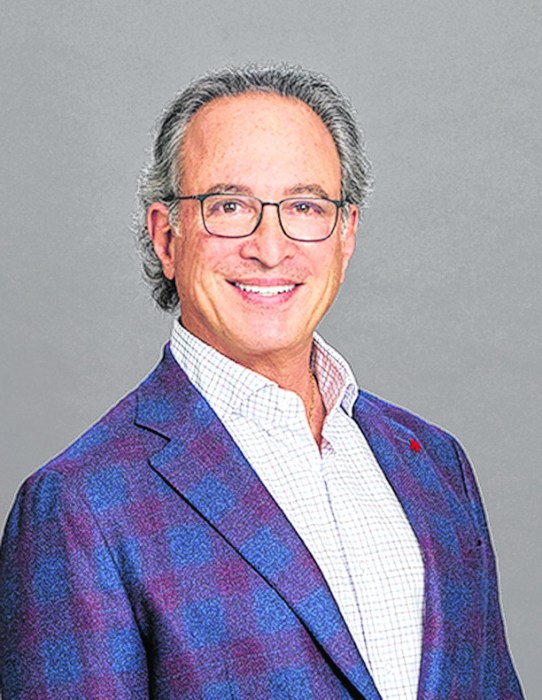The cause of the vexing riddle is the local school district. There are 733 separate school districts in New York State, including 124 on Long Island. New York City and four other large city districts are included in the 733. Local school districts made sense, 200 years ago, when travel by horse and wagon was very slow and difficult, and before first class mail and the telephone had been invented. But since those inventions, I believe that the local school district has become nothing more than an unnecessary and an unsustainable burden on our communities. A public school system made up of 733 separate school districts leads to massive educational, administrative and financial inefficiencies. For example, New York City, with a student enrollment of 1.1 million children, has one school superintendent, called the schools chancellor. That schools chancellor is now paid a salary of $353,000 a year. Long Island, with a student enrollment that’s somewhat less than 500,000 children, employs 124 school superintendents. I estimate that those 124 school superintendents cost Long Island taxpayers approximately $43 million a year.
Compensation costs for teachers and school administrators have been skyrocketing for years now, because under our system of local school districts, each individual district is left to negotiate employment contracts with its teachers and administrators, on its own. The giant teachers’ unions and the administrators’ associations, have no trouble blackmailing and coercing the school boards of local school districts into granting the teachers and the administrators, whatever they ask for. This especially happens because local school districts often include numbers of PTA mothers on their boards, who are particularly susceptible to the blackmail and coercive efforts of the teachers and the administrators. As an example of just how poorly negotiated a teachers’ contract can be, in my own school district, our teachers are entitled to as many as 38 paid leave days off each school year (183 days). 20 of those paid leave days are for a teacher’s own illness, while another 10 are granted for an illness in the teacher’s family. Who, in the private sector, is granted such generous paid leave day benefits? I have been living in Port Washington for 51 years. I cannot recollect a year when our teachers did not receive a total annual salary increase of at least 3 to 5 percent (a cost of living increase, plus a STEP increase). I doubt that there are many people working in the private sector who can make that claim.
Our children are our most precious assets. I’m sure that everyone agrees that every child in our state must be offered the best possible public school education that can be devised. That can never happen here as long as public school education is fragmented into 733 separate school districts, each relying on its own financial resources to deliver education, and while most of the districts are administered by unqualified, inept, local school boards. Some may argue that New York State is too large and is too diverse to be administered as one large school district. I would suggest then that the state should be divided up into four school districts, north, middle, south and the very southern district, which would be made up of New York City and Long Island. The educational philosophy, curricula, etc., etc., applied by all four districts would be determined in Albany, by a committee of the foremost experts in the field. All financing for the four districts would emanate from Albany. An increase in state income taxes would be necessary to fully fund the four new state school districts, but that increase would amount to much less than the local school taxes that would be eliminated, when local school districts are abolished.
Under what I propose, not only would we have a much more efficient, cost effective system of public school education, but we would also have one that better serves all of the children, equally well. The new system would also be much less costly for our communities to sustain.
—Joel Katz






























